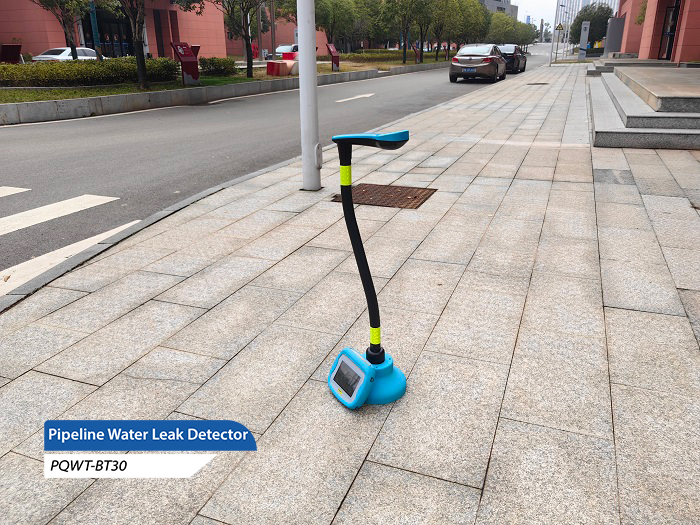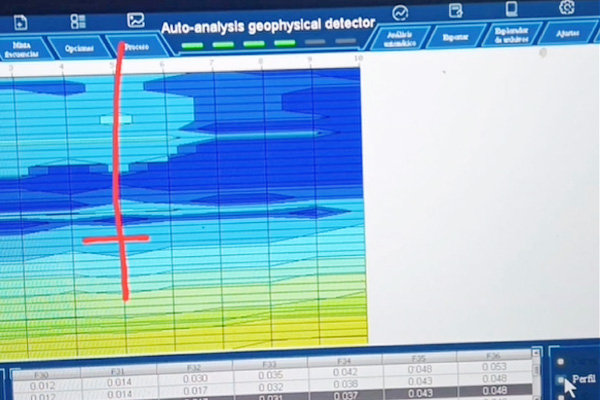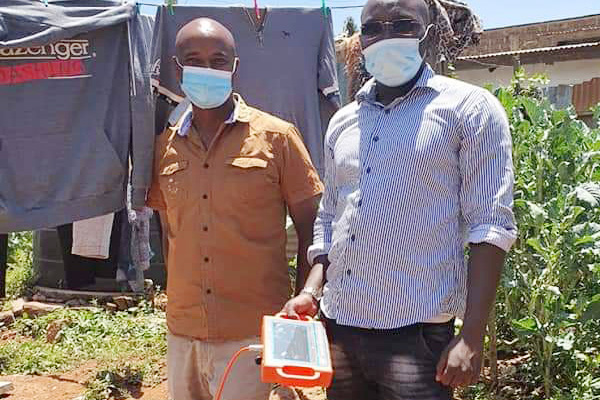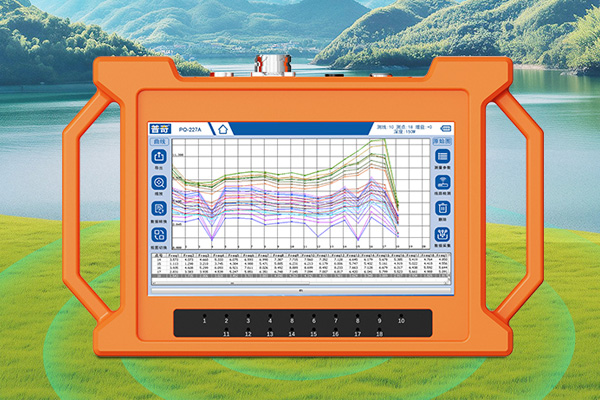With the increasing global attention on water resource protection, infrastructure maintenance, and environmental sustainability, the pipeline leak detector market is showing a significant growth trend. Pipeline leak detector is a device specifically designed to detect water leakage issues in water supply, drainage, and industrial pipelines. Its demand is rapidly increasing with urbanization, industrial expansion, and aging of public facilities. This article will analyze the current status and development potential of the pipeline leak detector market from five aspects: market driving factors, technology trends, application areas, competitive landscape, and future prospects.

1. Market driving factors
1.1 Water Resource Management Requirements
The global water shortage problem is becoming increasingly severe, especially in some arid regions and developing countries, where water leakage in the water supply system has caused huge waste of water resources. Governments, water supply companies, and environmental organizations around the world are strengthening their attention to water resource management and developing a series of policies and standards to reduce water loss. These measures have driven the demand growth in the pipeline leak detector market.
1.2 Aging of infrastructure
Many developed countries' water supply and drainage networks have been in use for decades and are facing serious aging problems. With the aging of pipeline systems, water leakage problems have become increasingly common, and the demand for maintenance and updates continues to increase. In developing countries, with the acceleration of urbanization, the demand for testing and maintenance of newly built infrastructure is also constantly increasing. This dual demand has driven the popularization of water leakage detection equipment.
1.3 Promotion of Environmental Protection Regulations
Environmental regulations are becoming increasingly strict, especially in regions with high environmental awareness such as Europe and North America, where companies and government agencies must comply with standards for water resource protection and leakage control. The application of leak detection technology helps businesses and cities comply with these regulations, avoiding fines and economic losses caused by water resource waste or pollution.
2. Technological Trends
2.1 High precision sensing technology
In recent years, with the rapid development of sensor technology, the accuracy and sensitivity of pipeline leak detectors have significantly improved. Advanced sensing technologies such as sound waves, infrared, and laser can quickly and accurately locate water leakage points, reducing the occurrence of false alarms and missed alarms. These technological innovations have enhanced the adaptability of detectors in complex environments, opening up new application areas for the market.
2.2 Application of Internet of Things and Big Data
With the rise of the Internet of Things (IoT) and big data technology, the combination of leak detection devices and remote monitoring systems has become a trend. By integrating pipeline leak detectors into the water supply system of smart cities, managers can monitor pipeline status in real-time, predict and prevent water leakage accidents in advance. This intelligent detection and monitoring system improves maintenance efficiency and reduces the risk of accidents.
2.3 Portability and Automation
Traditional leak detection equipment is usually bulky and complex to operate, while modern pipeline leak detectors are developing towards portability and automation. Many new pipeline leak detectors are more portable, easy to operate, and suitable for on-site use, meeting the flexibility and efficiency requirements of engineers and technicians.
3. Application Fields
3.1 Urban Water Supply System
The urban water supply system is the main application area of pipeline leak detectors. With the acceleration of urbanization, the demand for water resources in global cities continues to rise, and pipeline leakage problems seriously affect water supply efficiency. Pipeline leak detector can help quickly identify and fix problems, reduce water waste, and ensure the safety of urban water supply.
3.2 Industrial pipelines
In industries such as oil, natural gas, and chemical, the leakage of liquids or gases not only leads to resource waste, but may also cause safety accidents. Pipeline leak detectors are widely used in these industries to detect leaks in pipelines, ensuring production safety and environmental protection.
3.3 Agricultural Irrigation System
There are also a large number of water leakage problems in agricultural irrigation systems, especially in large-scale farmland irrigation. Pipeline leakage can affect irrigation efficiency, thereby affecting crop yield. Pipeline leak detector can help farmers detect problems in a timely manner, reduce water waste, and improve agricultural production efficiency.
Meanwhile, with the lowering of technological barriers, some small and medium-sized enterprises have also entered the market, providing products and localized services at more competitive prices. These enterprises are gradually gaining market share in some regional markets by providing customized solutions, after-sales support, and price advantages.
4. Market Outlook
It is expected that the global pipeline leak detector market will maintain stable growth in the coming years. According to market research reports, the annual compound growth rate (CAGR) of the global pipeline leak detector market will be between 6% and 8%. This growth is mainly due to the following aspects:
5.1 Acceleration of Urbanization Process
The accelerated urbanization process globally, especially in Asia and Africa, has driven the demand for new and expanded water supply networks, thereby driving the expansion of the pipeline leak detector market.
4.2 Environmental Protection and Sustainable Development Strategy
The global focus on environmental protection and sustainable development has provided long-term policy support for the pipeline leak detector market. With more countries and regions implementing strict water resource management and environmental regulations, the market demand for pipeline leak detectors will further increase.
4.3 Cost Reduction Caused by Technological Innovation
With the development of technology, the production cost of pipeline leak detectors is expected to be further reduced, which will make them easier to be widely adopted, especially in developing countries and small and medium-sized enterprises.
conclusion
The pipeline leak detector market has shown strong growth potential globally, driven by multiple factors such as technological advancements, urbanization processes, and environmental regulations. In the future, with the further integration of sensing technology, the Internet of Things, and big data, the application scope of pipeline leak detectors will be more extensive, and their market size will continue to expand. For enterprises in the industry, seizing technological innovation and environmental trends, providing more intelligent and portable products and services, is the key to standing out in competition.








